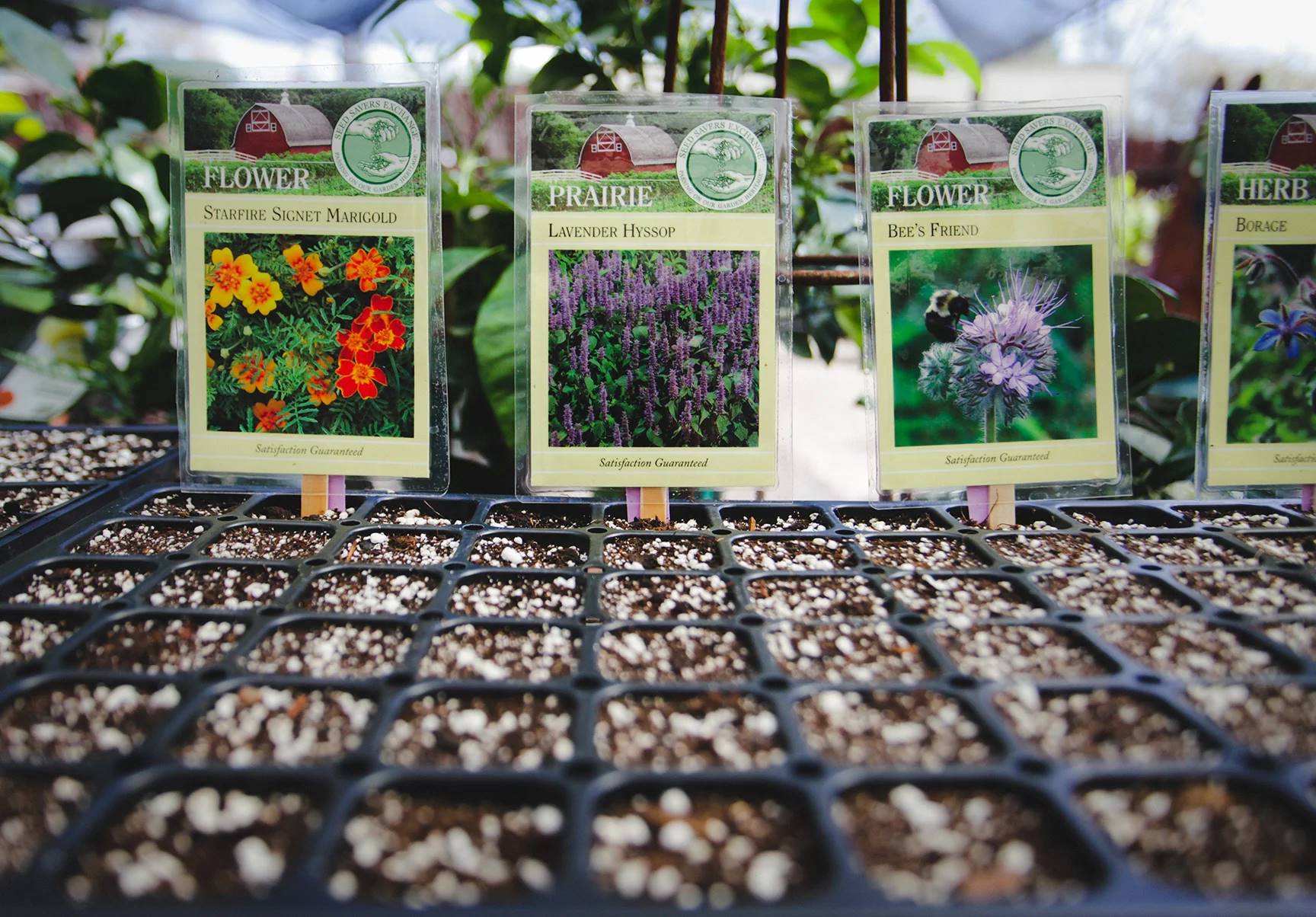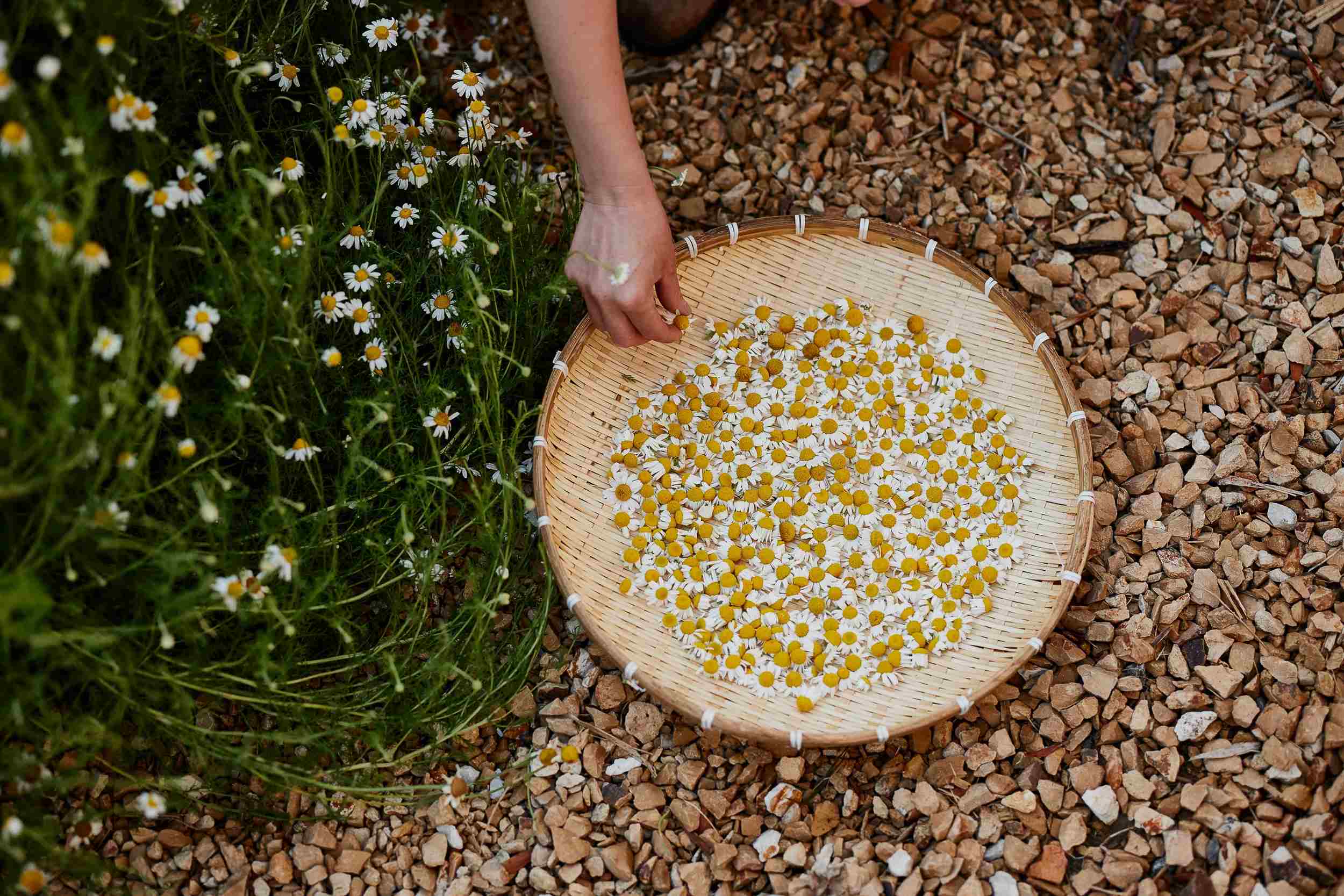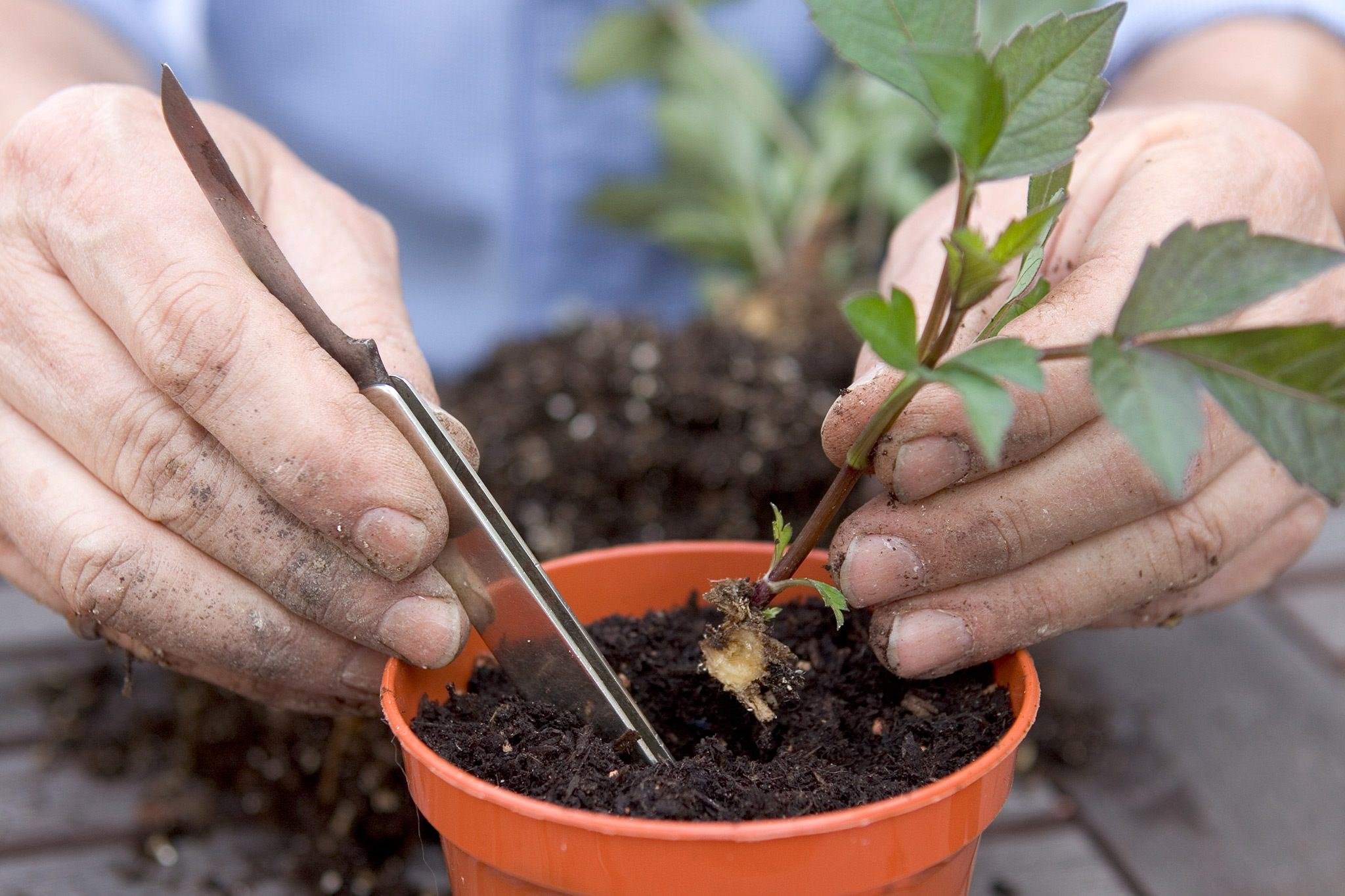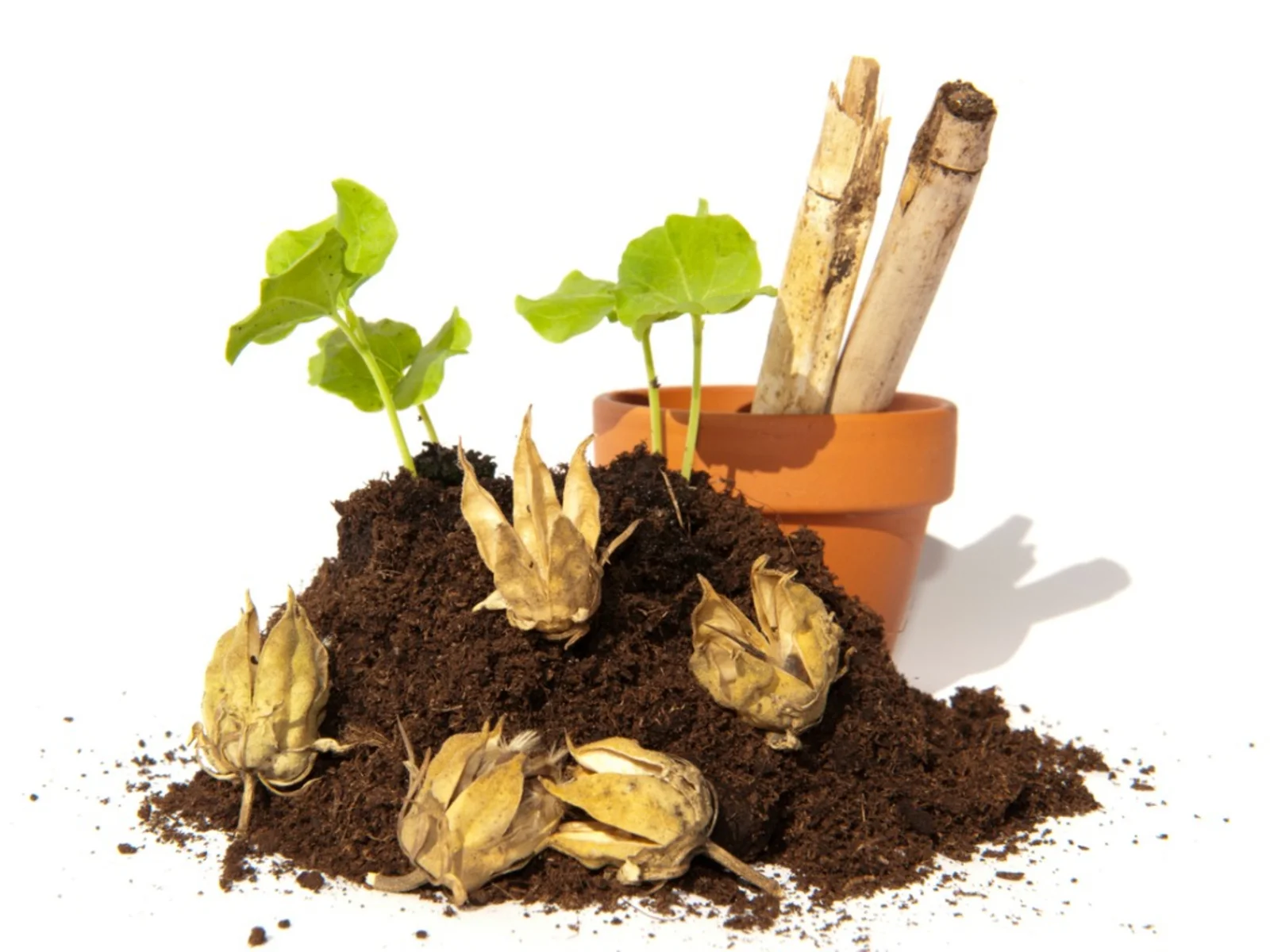Home>Types of Gardening>Ornamental Gardening>How To Plant Snapdragon Seeds
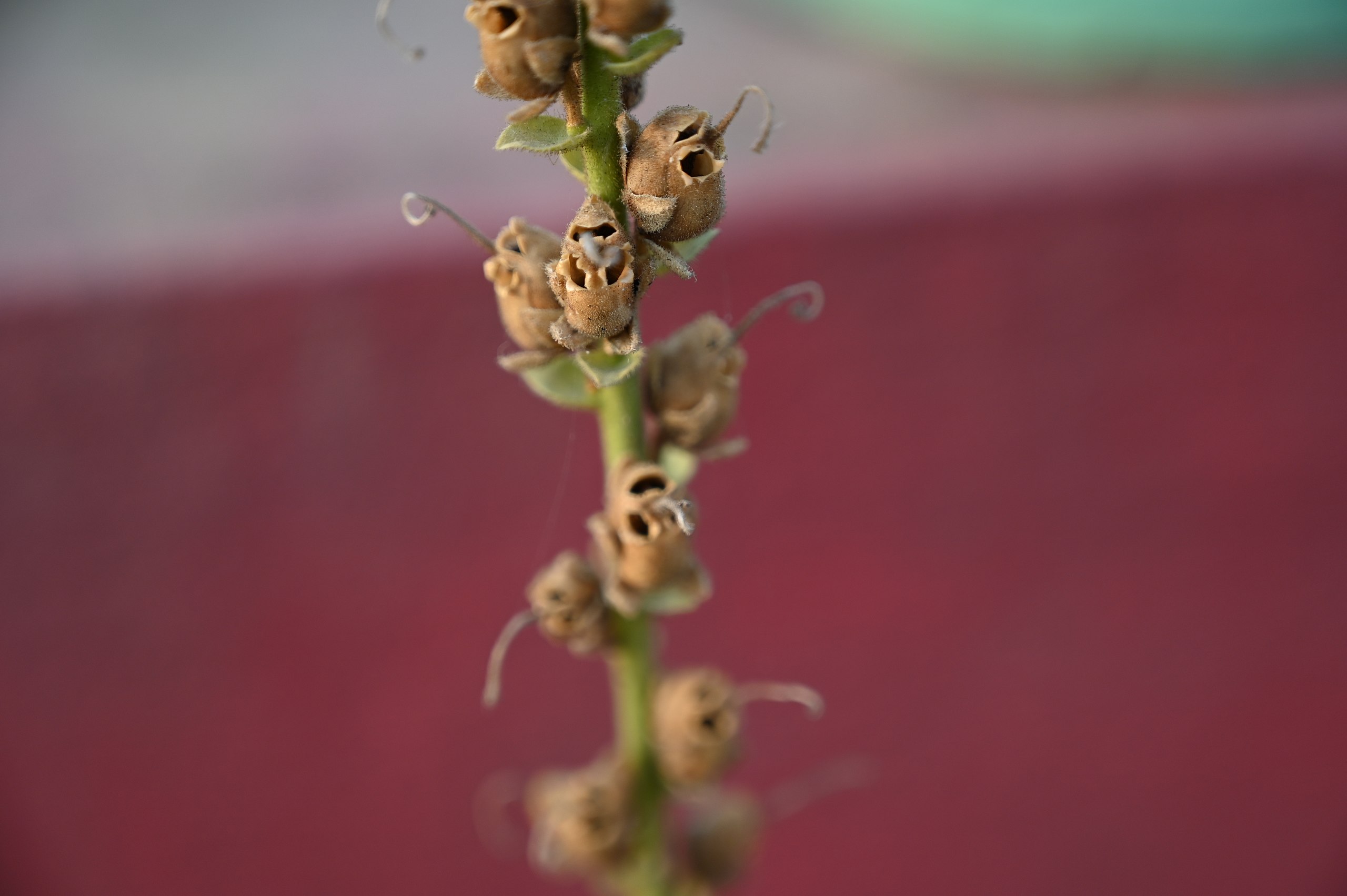

Ornamental Gardening
How To Plant Snapdragon Seeds
Published: September 16, 2023
Learn the art of ornamental gardening with our comprehensive guide on how to plant snapdragon seeds. Enhance your garden with vibrant and exotic blooms.
(Many of the links in this article redirect to a specific reviewed product. Your purchase of these products through affiliate links helps to generate commission for Chicagolandgardening.com, at no extra cost. Learn more)
Table of Contents
Introduction
Welcome to the world of ornamental gardening! If you’re looking to add a touch of beauty and elegance to your outdoor space, planting snapdragon seeds is an excellent choice. Snapdragons, with their vibrant colors and unique, spiky blooms, are sure to become a showstopper in your garden.
But before you grab your gardening gloves and get to work, it’s essential to understand the process of planting snapdragon seeds properly. In this article, we’ll guide you through the steps to ensure successful germination and breathtaking floral displays.
Whether you’re a seasoned gardener or a novice, planting snapdragon seeds is a rewarding and fulfilling experience. Imagine the joy of watching these exquisite flowers bloom, attracting butterflies and hummingbirds to your garden. With a little patience and care, you can create a picturesque landscape that will be the envy of your neighbors.
So, let’s dive into the world of snapdragons and discover how you can cultivate these magnificent flowers in your own backyard.
Step 1: Choosing the Right Location
Choosing the right location is crucial for the successful growth of snapdragons. These plants thrive in full sun, so select a spot in your garden that receives at least 6-8 hours of direct sunlight each day. This will ensure that your snapdragons receive the necessary light they need to flourish.
In addition to sunlight, snapdragons also prefer well-drained soil with a slightly acidic to neutral pH level. Before planting, assess the soil in your chosen location. If it is heavy clay or prone to waterlogging, consider amending the soil with organic matter, such as compost or well-rotted manure, to improve drainage.
Another factor to consider when choosing a location is the overall aesthetic of your garden. Snapdragons are versatile and can be used in various landscaping designs. If you’re aiming for a formal garden, consider planting snapdragons along borders or in geometric patterns. For a more naturalistic look, they can be intermixed with other flowering perennials or used to create colorful focal points.
Furthermore, snapdragons are known for their height, ranging from 6 inches to over 3 feet, depending on the variety. Choose a location that allows enough space for the snapdragons to grow to their full potential without overcrowding other plants. This will ensure optimal airflow and help prevent the onset of diseases.
By considering these factors and selecting the right location, you’ll provide the ideal conditions for your snapdragons to thrive and grace your garden with their stunning blooms.
Step 2: Preparing the Soil
Preparing the soil is a crucial step in growing healthy snapdragons. The right soil conditions will provide the necessary nutrients and drainage for the seeds to germinate and the plants to thrive.
Begin by clearing the planting area of any weeds, rocks, or debris. This will create a clean and fertile ground for your snapdragons to grow.
Next, loosen the soil using a garden fork or tiller. This will improve aeration and make it easier for the snapdragon roots to penetrate the soil. Aim for a depth of around 8-10 inches to ensure the roots have ample room to grow.
After loosening the soil, it’s time to amend it with organic matter. Incorporate well-composted compost or aged manure into the soil, as this will enrich it with essential nutrients and improve its overall structure. Aim to add a 2-3 inch layer of organic matter and mix it thoroughly with the existing soil.
Once the soil is well-prepared and amended, it’s a good idea to perform a soil pH test. Snapdragons prefer a slightly acidic to neutral pH range of 6.0-7.0. Adjust the pH as necessary by adding lime to raise the pH or sulfur to lower it.
Remember to water the soil thoroughly after preparing it. This will settle the soil and provide moisture for the upcoming planting process.
By taking the time to properly prepare the soil, you’ll create an optimal growing environment for your snapdragons, setting them up for success and vigorous growth.
Step 3: Planting the Snapdragon Seeds
Now that you’ve chosen the ideal location and prepared the soil, it’s time to plant your snapdragon seeds. Follow these steps to ensure proper planting:
- Sowing the Seeds: Begin by creating shallow furrows in the soil, about ¼ inch deep. Space the furrows according to the recommended distance indicated on the seed packet or label, usually 6-12 inches apart. Carefully place the snapdragon seeds in the furrows, spacing them evenly. Avoid overcrowding to allow proper airflow.
- Covering the Seeds: Once the seeds are in place, lightly cover them with a thin layer of soil or vermiculite. The layer should be no more than ¼ inch thick. This will provide adequate coverage while still allowing sunlight to reach the seeds for germination.
- Watering: After covering the seeds, gently water the planting area. Use a light mist or a gentle spray to avoid displacing the seeds. The goal is to dampen the soil and settle it around the seeds.
- Labeling: To keep track of your snapdragon varieties and planting locations, it’s a good idea to label the areas where you planted the seeds. This will help you identify and care for the seedlings as they emerge.
It’s important to note that snapdragon seeds require consistent moisture to germinate. Avoid letting the soil dry out during this stage by lightly misting or watering the area as needed. Remember to be patient, as germination can take 10-21 days depending on the variety and growing conditions.
By following these steps, you’ll give your snapdragon seeds the best chance to sprout and grow into beautiful, blooming plants that will enchant your garden.
Step 4: Watering and Maintenance
Proper watering and maintenance are essential for the health and vitality of your snapdragons. Follow these guidelines to ensure their optimal growth:
Watering:
- Keep the soil consistently moist but not waterlogged during the growing season. Check the soil moisture regularly and water when the top inch of soil feels dry. Aim to provide about 1 inch of water per week, either through rainfall or irrigation.
- Water at the base of the plants, avoiding wetting the foliage as this can lead to disease. Use a soaker hose or a watering can with a narrow spout to deliver water directly to the soil.
- Adjust the watering frequency based on weather conditions. During hot, dry periods, you may need to water more frequently to prevent drought stress.
Maintenance:
- Remove any weeds that compete with your snapdragons for nutrients and moisture. Regular weeding will help keep your plants healthy and prevent them from being overshadowed.
- Apply a layer of mulch around the base of the plants to help retain moisture, suppress weed growth, and regulate the soil temperature. Organic mulches such as wood chips or straw work well for snapdragons.
- Pinch back the tips of the plants when they reach a height of about 6-8 inches. This encourages branching and leads to a bushier, more compact growth habit.
- Deadhead faded flowers regularly to promote continuous blooming and prevent seed formation. Snip off the spent blooms just above a set of healthy leaves or secondary buds.
- Fertilize the snapdragons once a month during the growing season using a balanced slow-release fertilizer. Follow the package instructions for the recommended application rate.
By providing adequate water and performing regular maintenance, your snapdragons will thrive and reward you with spectacular blooms throughout the season.
Step 5: Transplanting the Seedlings (Optional)
Transplanting snapdragon seedlings can be an optional step depending on your preference and the growing conditions. If you started your snapdragons indoors or in a controlled environment, you may need to transplant them to their final growing location. Here’s how to do it:
- Timing: Wait until the seedlings have developed at least two sets of true leaves, usually about 6-8 weeks after sowing. Transplanting too early can cause transplant shock, while transplanting too late can hinder root development.
- Preparing the New Location: Choose a spot in your garden with the same sunlight and soil conditions as the initial planting site. Ensure the soil is well-prepared and amended with organic matter, following the same steps as mentioned earlier.
- Watering: Water the seedlings thoroughly before transplanting to keep the rootball intact and minimize stress on the plants.
- Transplanting: Carefully dig a hole in the new location, making it slightly larger than the rootball of the seedling. Gently lift the seedling from its container, handling it by the leaves or rootball, and place it in the hole. Fill the hole with soil, gently firming it around the base of the plant.
- Watering and Mulching: After transplanting, water the seedlings deeply to settle the soil and help them establish their roots. Apply a layer of mulch around the base of the plants to conserve moisture and suppress weed growth.
- Provide Support (if needed): If you are growing tall varieties of snapdragons, consider providing support such as stakes or a trellis to prevent them from toppling over during strong winds or heavy rain.
Remember to monitor your transplanted seedlings closely and provide them with adequate care, including regular watering and maintenance, to help them adjust to their new environment and continue to thrive.
Step 6: Tips for Successful Snapdragon Growth
To ensure the successful growth of your snapdragons and maximize their beauty in your garden, consider the following tips:
- Deadheading: Regularly remove faded flowers to encourage continuous blooming and prevent the plants from going to seed. This will redirect the plant’s energy into producing more blooms.
- Support for Tall Varieties: If you’re growing tall varieties of snapdragons, provide them with support such as stakes or a trellis. This will help prevent the plants from flopping over due to their height or inclement weather.
- Pruning: Pruning snapdragons can help maintain their shape and encourage bushier growth. Pinch back the tips of the plants when they reach around 6-8 inches in height to promote branching.
- Watch for Pests and Diseases: Keep an eye out for common pests such as aphids, slugs, and snails. Remove any affected leaves or treat with organic pest control methods. Also, monitor for any signs of diseases such as powdery mildew or rust and take appropriate action if necessary.
- Harvesting Seeds: If you’re interested in saving snapdragon seeds for future plantings, allow some flowers to go to seed. Once the seed pods turn brown and dry, collect them and store in a cool, dry place for future use.
- Consider Succession Planting: To extend the blooming period of snapdragons, consider sowing new seeds every few weeks. This will ensure a continuous display of colorful flowers throughout the growing season.
- Enjoy the Fragrance: Take the time to stop and enjoy the delightful fragrance of snapdragons, especially in the early morning or evening. Their sweet scent will add an extra element of charm to your garden.
By incorporating these tips into your snapdragon gardening routine, you’ll increase the chances of success and enhance the overall beauty of your garden.
Conclusion
Congratulations! You now have all the knowledge and tools you need to successfully plant and grow snapdragons in your garden. These elegant and vibrant flowers will add a touch of beauty and charm to any outdoor space.
Remember, choosing the right location, preparing the soil, and planting the snapdragon seeds with care are crucial steps for their successful growth. Providing adequate water, regular maintenance, and optional transplanting will ensure their optimal development and blooming.
By following the tips provided, such as deadheading, supporting tall varieties, and monitoring for pests and diseases, you’ll be able to enjoy a long-lasting and impressive display of snapdragon flowers. The fragrance and beauty they bring will captivate both you and any visitors to your garden.
So, put on your gardening gloves, grab your tools, and let your creativity blossom as you create a stunning snapdragon-filled oasis in your own backyard. With a little patience and care, your ornamental gardening efforts will be rewarded with a vibrant and enchanting display of snapdragons that will leave you in awe.
Happy gardening!

